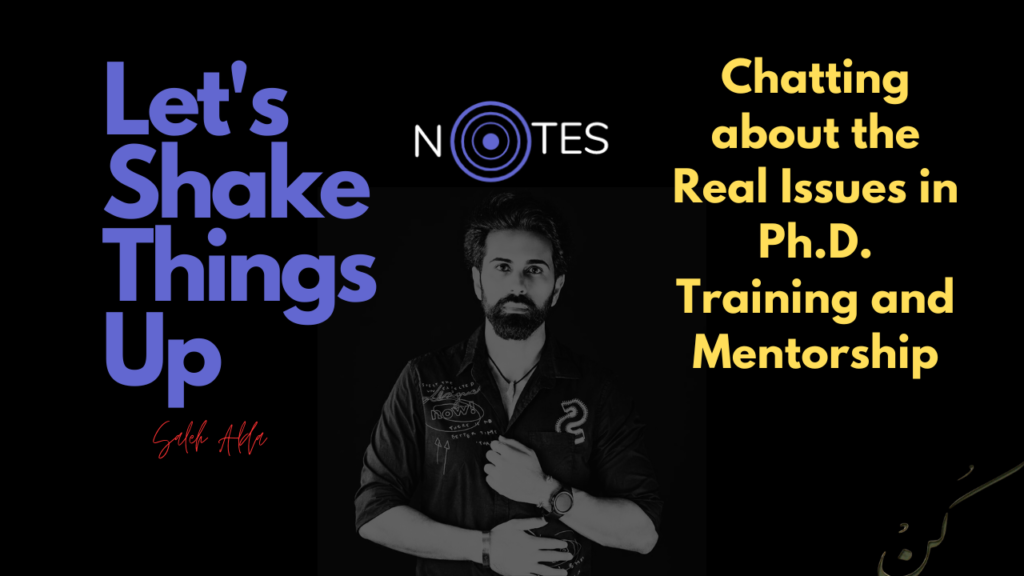Today, we’re taking a deep dive into the world of Artificial Intelligence and how it’s been shaking things up in terms of how we process and understand language.
You’ve probably heard of Large Language Models, or LLMs, right?
Well, they’ve been making quite a splash in the AI world. LLMs have transformed our ability to comprehend language, simplifying Natural Language Processing (NLP) and Natural Language Understanding (NLU).
These intelligent systems are like the ‘Einstein’ of text-related tasks. Whether it’s text summarization, answering complex questions, generating content, or translating languages, they’ve covered it.

But guess what? Even Einstein had his limitations.
Our genius LLMs struggle with using tools through API calls. You might be thinking, “But Saleh, what does that mean?” So, let me break it down for you.
API calls are like the bridge that allows different software to communicate with each other. So, if an LLM is having trouble with API calls, it’s like trying to converse in English with someone who only speaks Mandarin – not the most efficient, right?
So, here’s the problem
Even though LLMs are incredibly advanced, they could be better at using tools via API calls. They often generate false input arguments and recommend inappropriate API calls, much like me suggesting a desert trek to someone who hates the heat! This issue has stumped even big names like GPT-4.
But here’s where things get exciting. The brainiacs at Berkeley and Microsoft Research have developed an answer to this issue. Meet Gorilla, a finetuned LLaMA-based model that’s blowing GPT-4 out of the water when it comes to API calls.
So, what makes Gorilla so unique?
Well, it’s not just the researchers’ love for intriguing names. Gorilla improves the capacity of LLMs to work with external tools, effectively making them more efficient and adaptable.
Here’s where it gets even more enjoyable. To refine Gorilla, the research team developed a new dataset called APIBench. This corpus, a collection of APIs with overlapping functionality, was gathered from public model hubs like TorchHub, TensorHub, and HuggingFace. Using the self-instruct method, they even produced ten fictional user query prompts for each API. Talk about dedication!
Armed with the APIBench dataset and document retrieval techniques, Gorilla was finetuned to perfection. As a result, this 7 billion parameter model not only outperforms GPT-4 in terms of the correctness of API functioning, but it also lowers hallucinatory mistakes. Imagine going from seeing unicorns in your data to only seeing the cold, hard facts!

Let me share an example the researchers used to show Gorilla’s impressive capabilities. Compared to other models generating API calls, Gorilla came out on top. While GPT-4 was coming up with requests for nonexistent models (yikes!) and Claude was opting for the wrong library, Gorilla was acing the task. It recognized the task correctly and generated accurate API calls. It was like watching a contestant on a reality show nailing a challenge while the others floundered.
So, what’s the takeaway here?
First, Gorilla represents a significant leap forward in the realm of language models. Not only does it tackle the issue of writing API calls, but its advanced capabilities also reduce issues related to hallucination and reliability. It’s like going from a car that occasionally stalls and takes wrong turns to a sleek, high-performing sports car.
In this rapidly evolving digital landscape, the introduction of Gorilla is a testament to the relentless pursuit of excellence and innovation in AI. While it may be just one step forward, it is, without doubt, a giant leap for the world of Artificial Intelligence.
So, the next time you hear the word ‘Gorilla,’ you might just think of more than the muscular, gentle giants of the animal kingdom. But, instead, you might recall this groundbreaking model that’s trailblazing in the world of AI and language models.
As we continue our journey into the future of technology and AI, one thing is certain – it’s a thrilling ride, and I, for one, am excited to see where it takes us.
Until next time, stay curious and keep exploring!
Resources
- Language Models are Few-Shot Learners” by Tom B. Brown et al., 2020, arXiv.org
- Large Language Models: A New Frontier for AI Research” by OpenAI,
- APIBench: A Large-Scale Dataset for Improving the Interaction of LLMs with APIs” by He et al., Berkeley and Microsoft Research
- Gorilla: Large Language Model Connected with Massive APIs” by Patil et al., 2023, arXiv.org
These resources provide:
- Valuable insights into the field of Large Language Models.
- The interaction of LLMs with APIs.
- Specifically the development and capabilities of the Gorilla model.
Please note that while these resources were instrumental in shaping the content of this blog, it is always advisable to refer to the original publications for the most accurate and up-to-date information.



